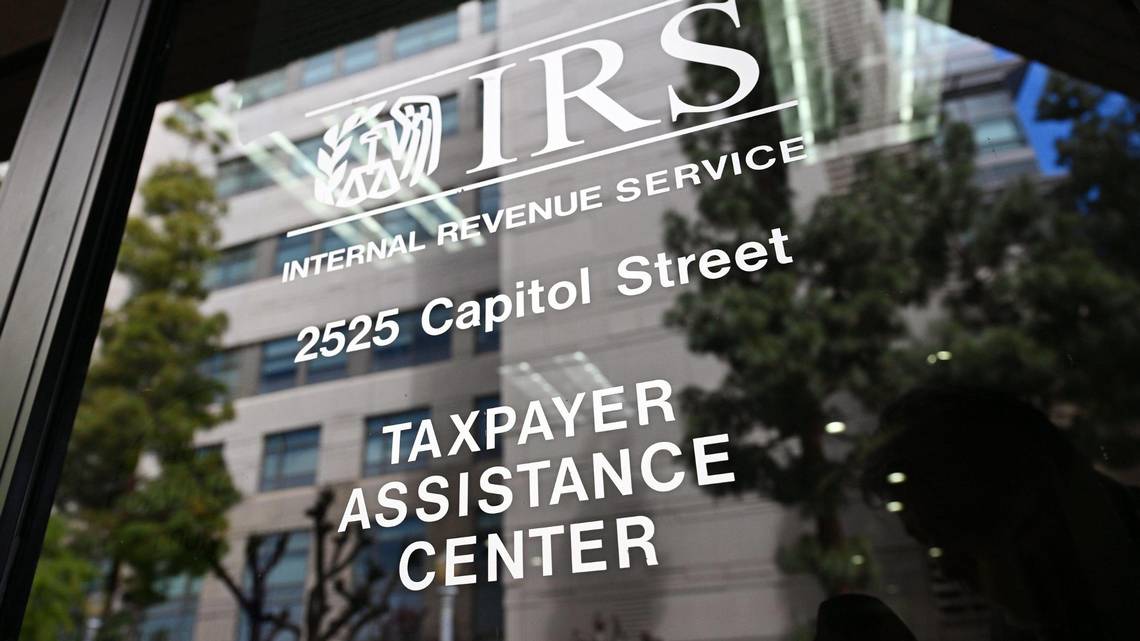When the political scene becomes more heated, people start debating taxes. Donald Trump keeps saying the U.S. tax system will change for the better if he is elected. With these proposals using the TCJA as a guide, you might notice changes in your wallet and across the U.S. economy.
Both individuals and businesses must be aware of these likely changes. There are six key points in Trump’s tax strategy, even though the details may vary.
1. Definitely, tax cuts for individuals should be extended.
Among other things, Trump’s proposal would ensure that the 2017 TCJA’s individual tax cuts are made permanent. The decreases in individual income taxes, the raised standard deduction, and a greater child tax credit are only in effect until 2025 when they will disappear. If Congress does not act, many people in the U.S. could see an automatic hike in their federal tax rates. The proposal put forward by Trump would permanently secure the current lower rates and higher deductions for almost every taxpayer.
2. MAGA (Make America Great Again) Accounts have been introduced.
Trump is giving new attention to developing a series of “MAGA Accounts” in his discussions. These types of accounts are designed to give people significant tax benefits. However, things are still not quite clear, but what we do know is that if they turn out to be like Roth IRAs, your money is taxed immediately and all of it can be withdrawn tax-free later on. They could be used for more purposes, so the tax exemption could apply to funding an emergency, mortgage or tuition, as well as retirement.
3. Full and Permanent Repeal of the SALT Deduction Cap
The 2017 TCJA notably imposed a $10,000 cap on the State and Local Tax (SALT) deduction, which allows taxpayers to deduct certain state and local taxes from their federal taxable income. This cap disproportionately affected residents in high-tax states like New York, California, and New Jersey, leading to higher federal tax burdens for many. Trump's plan proposes to fully and permanently repeal this $10,000 limitation, which would provide substantial tax relief to millions, particularly in these affected states.
4. Simplified Tax Code or a Flatter Tax System
While detailed plans for a completely flat tax haven't been solidified, a consistent theme in Trump's tax rhetoric is the simplification of the tax code, often implying a move towards fewer tax brackets or a flatter system. The emphasis would be on making tax filing less complex and reducing the number of deductions and credits. The aim is typically to lower compliance costs and potentially encourage economic activity by making the tax landscape more predictable.
5. Another Reduction in Corporate Taxes
The percentage taxes that businesses paid were cut from 35% to 21% with the 2017 TCJA. Though Trump’s goal is to cut tax rates even more, the current 21% rate is already less than the one used before 2017. The idea behind this action is to help U.S. businesses compete abroad, attract more money into the country, and possibly add jobs. If tax rates continue to drop, it would be very good for company earnings.
6. Import duties on all kinds of products
Even though it isn’t a regular tax, Trump’s strong support for bringing in broad tariffs on imported items seems to function as a consumption tax. The extra duties put on imports make those products more expensive for buyers and firms, trying to benefit domestic industries. Tariffs were meant to increase the U.S. government’s income and aid the national manufacturing industry, yet they might cause consumer goods to become more expensive and lead to disagreements with foreign nations over international trade.

















